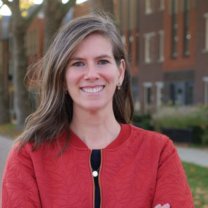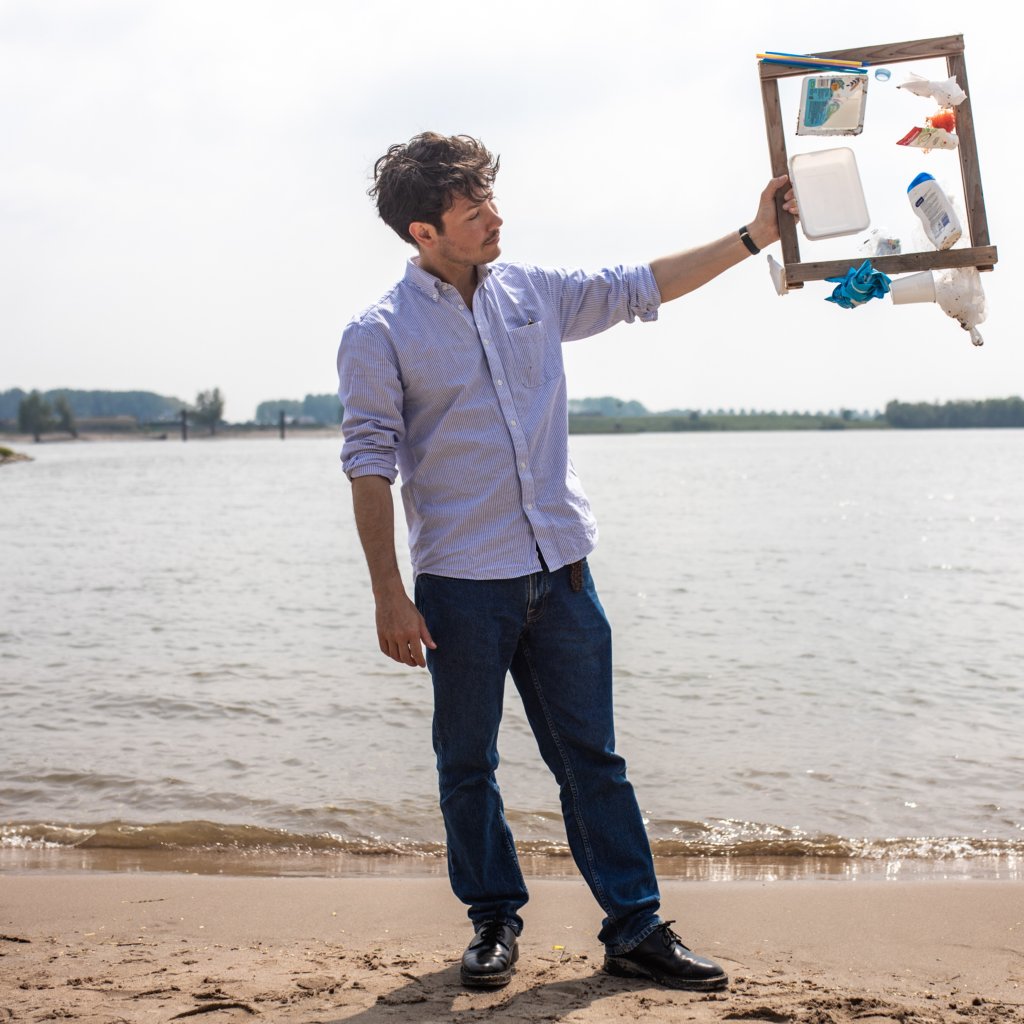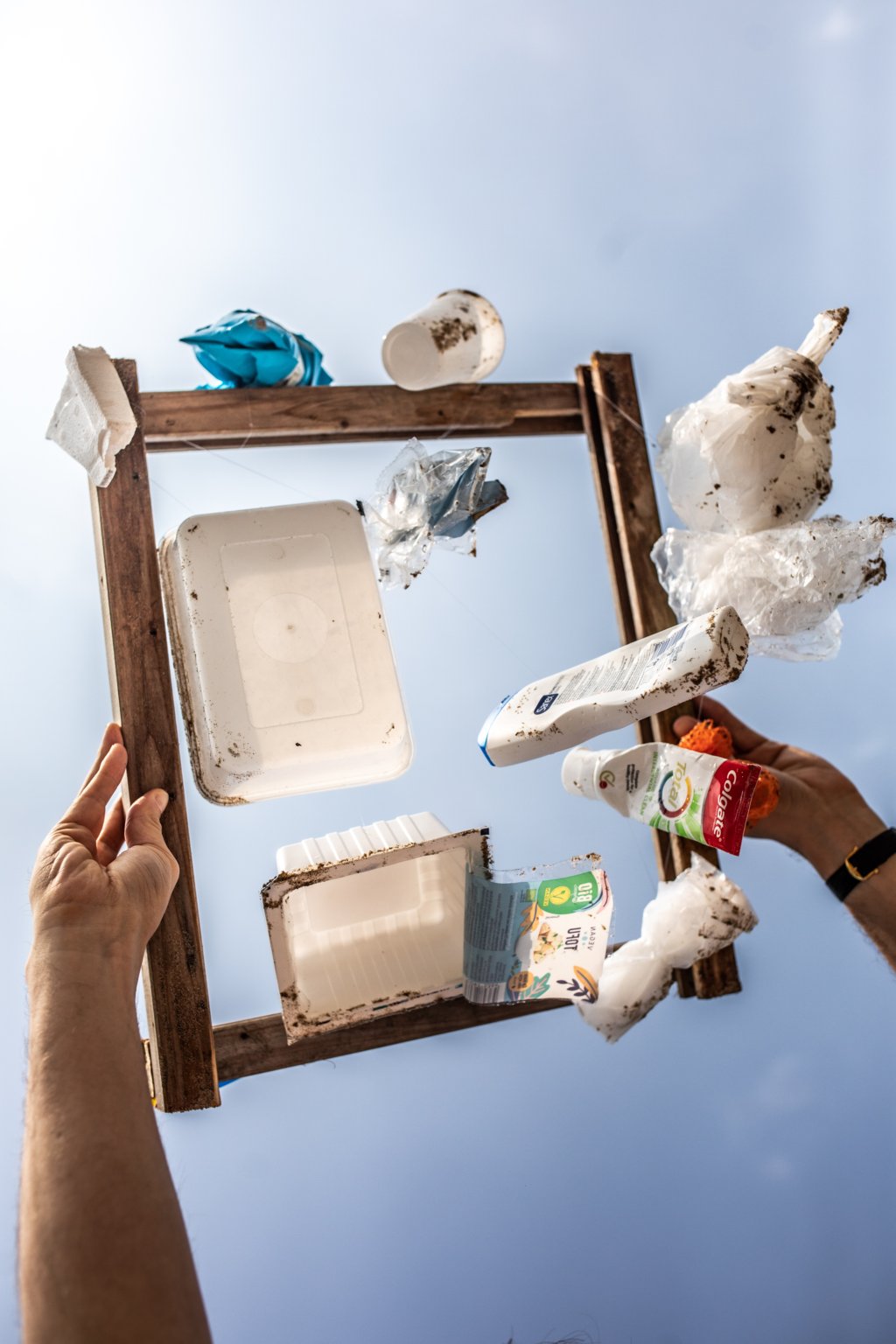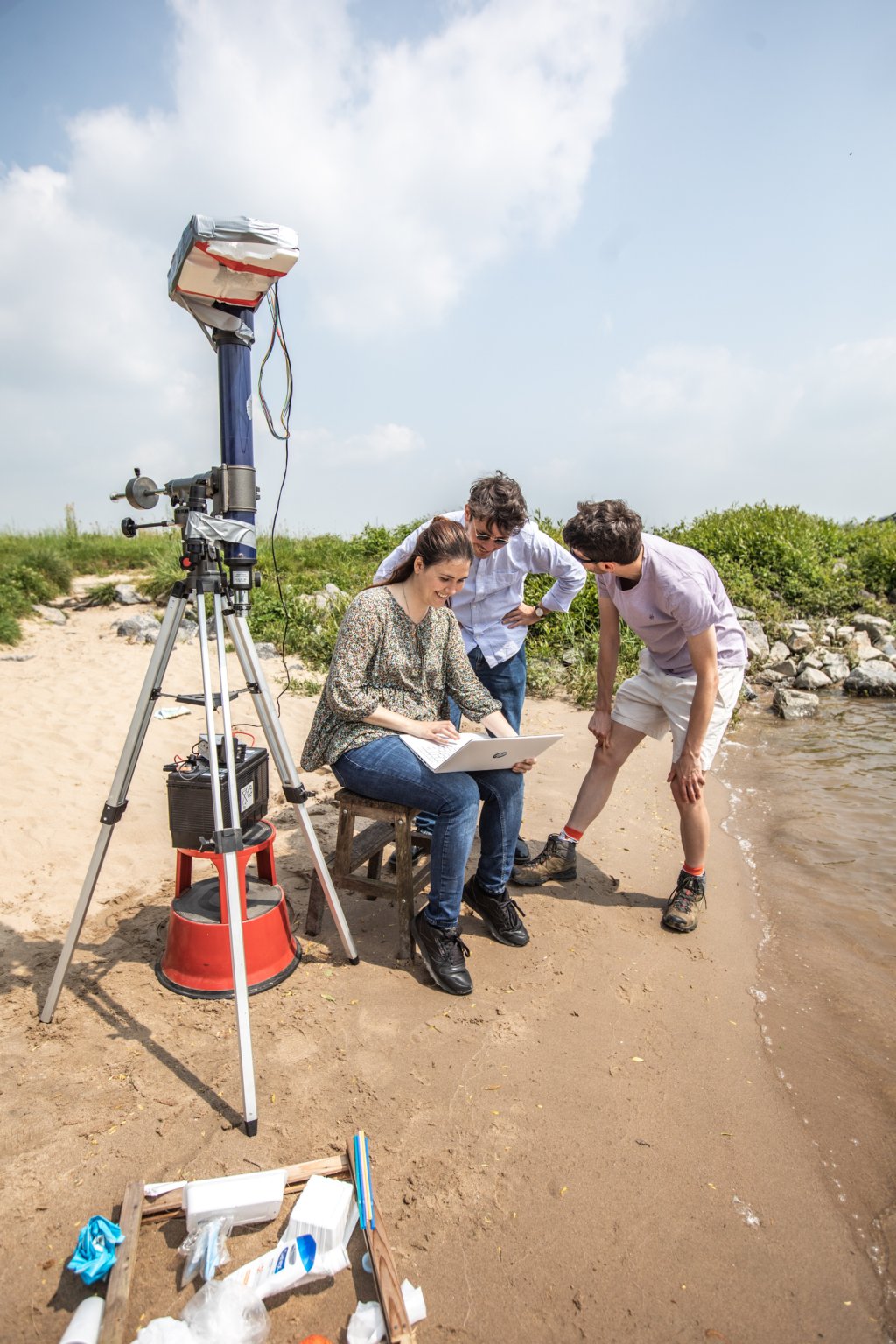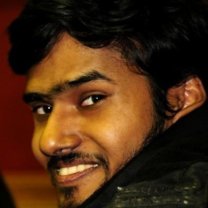Young, talented scientists who are going to change the world with high-tech
In this first episode of the Brightful Minds series you can read about the experiences of Carissa Champlin (DeSIRE) and Tim van Emmerik (Plantenna) from HTSF round 1, and the ambitions of Sujith Raman (Green Sensors) from HTSF round 2. Their stories illustrate the importance of collaboration, and of scheduling enough time to experiment at the beginning of a scientific career.
Text: Sonja Knols
Photos: Dieuwertje Bravenboer
The story of Tim van Emmerik - Plantenna
Tim van Emmerik is Assistant Professor Hydrologic Sensing at Wageningen University. He started his tenure track position in the 4TU Plantenna programme in 2019.
4TU is about collaboration between the four technical universities. You truly live up to that idea, by transferring from one technical university to another. How did that happen?
‘My PhD research at TU Delft was on remote sensing of water stress in vegetation. During those four years, I once visited Wageningen University. That is when I thought: “Wouldn’t it be great if I could end up there?” After obtaining my PhD, I found a job as Head of River Research at The Ocean Cleanup.
The second was inspired by a finding from my time at The Ocean Cleanup. I had noticed that the invasive species of water hyacinths formed large patches drifting in the river. These patches, which can be metres-wide and cause massive inconvenience for the local communities, turned out to catch a lot of the plastics floating around in the river. Why not use this vegetation to detect clumps of plastic from satellite images, and use these plants as a proxy for pollution? Added benefit of this idea: by removing the unwanted invasive hyacinths, you immediately also get rid of the majority of the plastic.
For me, Plantenna is an excellent example of the role 4TU can play in programming research that is not (yet) sexy enough for other parties to fund. Plantenna is very transdisciplinary, ranging from electrical engineering to environmental sciences. Many funding agencies say that is what they want, but when push comes to shove, finding funds for such projects often is hard.
I do also have a point for improvement though. The tenure track positions in the 4TU programmes did not come with a starter package. For the sake of coherence within the programme, it would be good to supply tenure track researchers with some funds to hire one or two (joint) PhD candidates. Now you have to find funds right from the start, which is harder when you have nothing to show. And, as has happened with me, this approach might lead to different lines of research than the programme originally was intended for.’
Comment 4TU: Based on the experiences in the first round of HTSF-programmes, 4TU decided indeed to grant a starting package to each Tenure Tracker in the second round of HTSF-programmes, which they can use to hire a PhD-student.
Finally, I would strongly urge early career colleagues to use the first few years of their tenure track to conduct their own experiments. Once the funding starts flowing in, your team will grow and you’ll have a lot less time to go out in the field yourself.’
About HTSF
The goal of the High Tech for a Sustainable Future (HTSF) programme is to stimulate structural and sustainable collaborative theme-oriented research between the four technical universities on topics that require 4TU collaboration and for which it is currently more difficult to acquire funding externally (i.e. new or high risk topics). The societal relevant research programmes attract and develop new and diverse talent for the four TU’s -among others 63 Tenure Trackers- and aim to deliver societal impact through scientific breakthroughs. After a funded start-up period of five years, research should continue without 4TU.Federation funding.
In 2018 the first round of HTSF programmes started. Now, after five years, they are ready to continue independently and make room for four new HTSF programmes to start.




